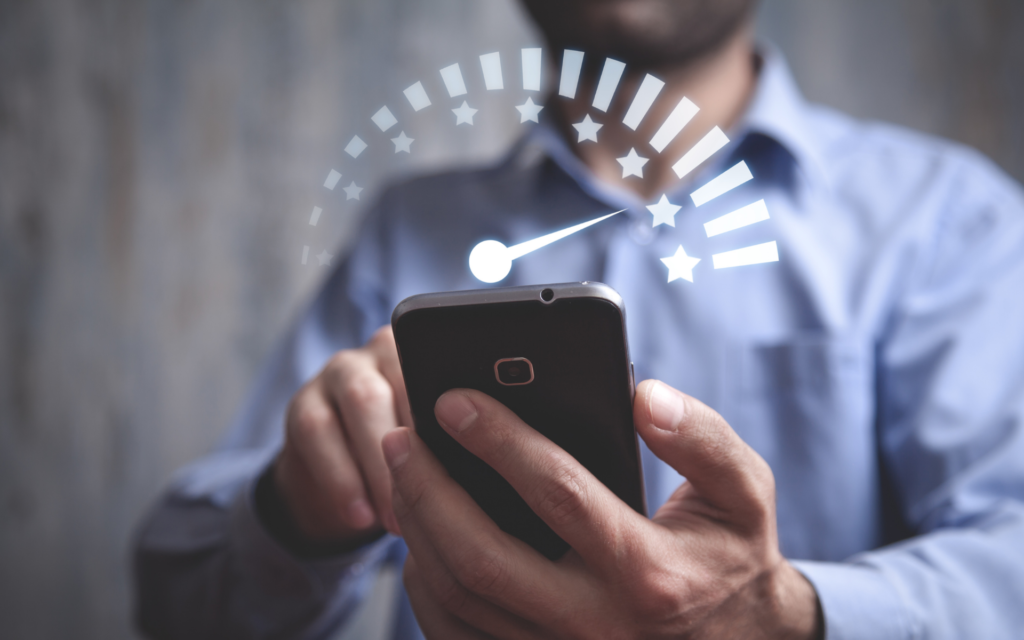3 ways COVID-19 has changed the customer experience forever


In terms of customer experience and the need for brands to improve their connections with customers this year, it was a year that changed the game upside down.
Even the most well-prepared businesses were caught off guard by their flexible, agile, and responsive ability. Simple issues with the fulfillment of orders soared to crisis levels as production stagnated and supplies decreased. Yet loyalty programs grew (with one retailer gaining an increase of 40% in the size of its carts among its members). Also, there was a revival in brand-related creativity thanks to the rise of social and digital platforms.
In the same way, historical, social movements held the public’s attention and were an essential element in how brands interact with and interact with their customers.
This creates a modern user experience that integrates the digital and physical worlds throughout the customer experience. This will increase companies’ capacity to generate maximum profits while building lasting connections with their customers by expressing what they are genuinely interested in and with a tone that resonates.
Here are three essential takeaways showing how brands have successfully dealt with the particular problems of the pandemic. They also offer the ways that marketers could apply the strategies to their subsequent campaigns.
1.Changes in customer connections.
The pandemic created new problems for brands and provided once-in-a-lifetime opportunities to develop new ideas through customer connections. Think of a specific seed producer who had always relied on face-to-face interactions but, due to COVID-19’s limitations, was forced to interact with customers on digital platforms and reverse.
Marketers focused in the past on Gen Z, and digital natives discovered that they needed to talk to a broader range of customers who were by necessity more tech-savvy. The nature of the condition drives invention, and we currently possess more than a year in this lab for customer experience under our belts.
The pandemic hasn’t been just a laboratory. It’s also been a wake-up call.
For instance, at the beginning of the global health crisis, one of the largest retailers decided that it could not conduct transactions on mobile devices, choosing to use the medium to engage only. Then the world went down, and everyone switched to digital transactions, and the retailer discovered itself without a method of maintaining the relationship with customers until the point of purchase. This is a missed opportunity.
Before the outbreak, 30% of consumers were shopping online for food (and at this level, cracks were forming in the supply chain supermarkets that did not keep track of the changing patterns of purchase by customers resulted in shortages or the occurrence of food spoilage mass quantities). During the outbreak, the majority of shoppers went on the internet. When the pandemic is over, we’re expecting the numbers to get to as a “new normal” higher than what we had before the pandemic.
What was once a brief strain on customer service has become the new norm. This 50/50 split also demonstrates the necessity for businesses to pay more attention to the connection between “offline/in-store” experiences and digital experiences.
2.Test, then test again.
One benefit of changing rules of commerce is that companies are more open about experimentation, considering a range of possible customer experiences before using analytics and data to guide their decision-making. Test methods and data science to better understand the customer and what they care about is the foundation of the most innovative and authentic customer experience.
The importance of testing can’t be understated. Sure, innovation is about being brave and taking risks; however, it’s equally about being accountable and quantifiable. Measurement and testing outline what success is and, consequently, they are essential components when it comes to developing products and services, establishing the perfect marketing strategy, or improving the experience for customers.
Some brands indeed throw millions at the concept of “innovation”; however, they lack an actual measurement method to assess the efficacy of their innovations. Successful companies often address this problem by measuring or adopting NPI or a new product’s introduction.
A solid framework for measuring and being willing to experiment with new technologies continually is crucial to success when we can overcome the pandemic and reinvent our standard business methods.
3.Chatter isn’t noise. It’s your map.
Another crucial instrument is listening to social media before, during, and after a campaign. It has become an essential tool that informs everything from the brand’s overall strategy to the social media movements that resonate with consumers.
Consider the social issues that be the defining issue of our time. They’re at the forefront of every aspect, whether in the household of a nuclear or multinational company. Our research has revealed that consumers spend more money on brands with a social impact as part of their mission statement than brands that remain at the back of the social scene.
Being socially conscious isn’t only about being a good company. It is crucial to business success, with a lot of the top marketers, today have entire departments devoted to their brand’s purpose.
Some brands might think that aligning with popular culture is dangerous. The data proves it; however, the reality is that it’s an integral part of establishing consumer loyalty and improving the experience for customers.
Social listening helps marketers understand the most basic degree of their customers’ concerns, use innovations, and move brands to where they need to move. It’s the case whether you’re creating a unique marketing strategy, redesigning the experience of shopping in stores, or forming alliances with other businesses that are interested in the customer-business relationship.
In that regard, there’s a huge chance to improve your customer experience by thinking beyond your brand’s own. Every business must consider how it can build partnerships with other partners. Sharing important customer information with those participants can improve the quality of its relationships with customers.
For instance, if you’re a retail store, you might want to take a more critical look at your relationship with wholesalers — who are also responsible for providing a great customer experience to ensure that they’re providing as high the quality of service just as you do.
As the transition has taken place that has occurred, there’s been a shift in the focus of the front desk to back offices. The firms that have performed the best are the ones that have served best.
Those who understood this shift. The brands have had to become more sophisticated in areas like analytics and data that have been traditionally the responsibility of agency partners and select the right agency partners who have the experience and knowledge to connect your company’s back and front-office processes. From taking a stand against social issues to creating the products and services consumers want and providing the best customer experience, brand marketers must constantly learn about their customers and what they’re looking for after a tough year. With the speed at which brand-consumer interactions, technology, and social shifts are taking place rapidly, they can’t afford to take a break.

